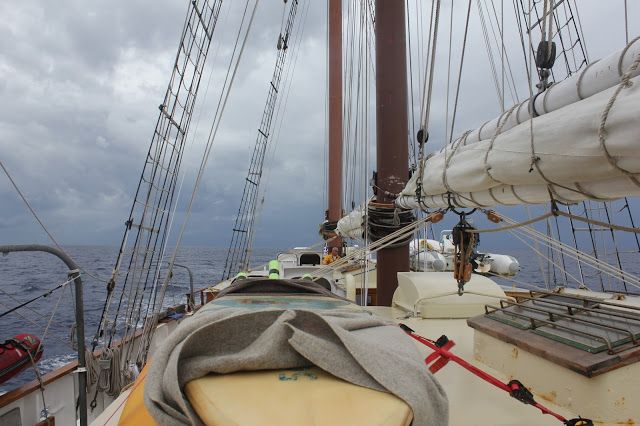
When I left my apartment on June 1st headed for Miami to embark on an expedition to study ocean plastics in the Atlantic Gyre with 5 Gyres I thought I would be spending a week focusing on the massive plastic pollution problem (that is not discounting the fact that, yes, it’s bad… to learn more, scroll to the bottom of this post). I thought I could come back feeling deflated, depressed, and helpless. That was not the case.
In fact, what I found though this experience was hope, motivation, and a community of people who truly want to solve the issue of plastic pollution. 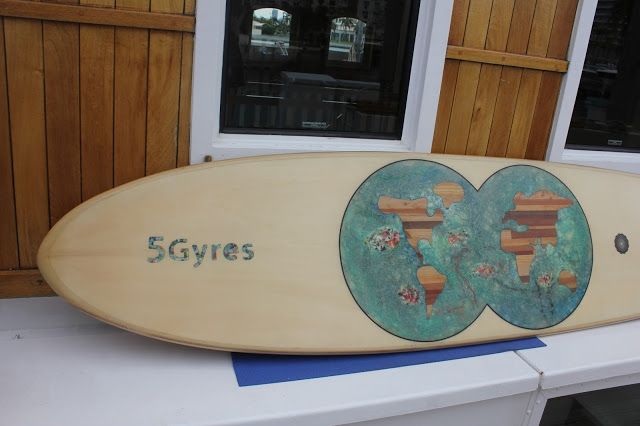
On my first day I headed to the marina in Miami to hop aboard The Mystic which is a 50 long tons schooner. I got on board and the first night we had a party while docked and I met some of the people I would be traveling with including (counter-clockwise from left to right) Anna Cummins and Marcus Eriksen, co-founders of 5 Gyres, Jack Johnson musician and co-founder of Johnson Ohana, crew member and pirate Andy, polymer scientist Ryan, David Stover co-founder of Bureo Skateboards, and Josh Resnikoff founder of Cuppow. 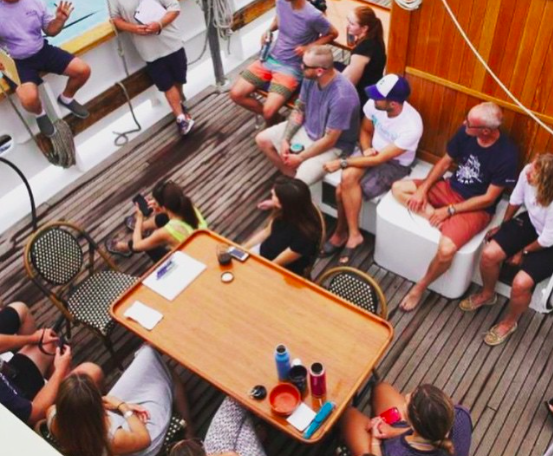
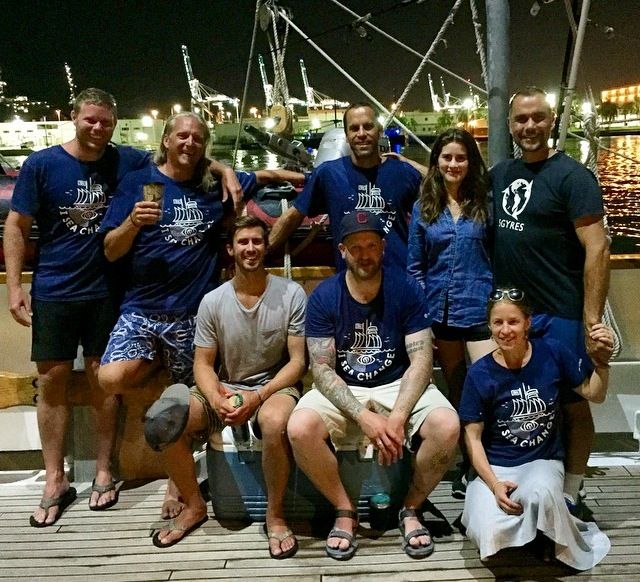
On June 2nd we left Miami headed for the Bahamas and the next two days were spent doing manta & hi-speed trawling which captures samples of debris from the surface of the ocean. This is used to see how much plastic could be found and in what quantities at different coordinates along the journey. 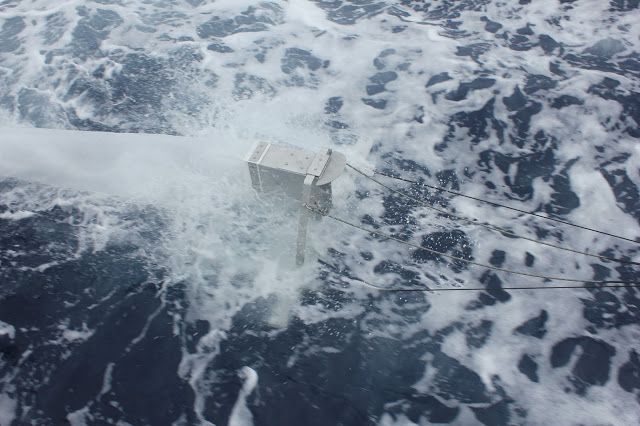
Once we gathered trawl samples, we picked through and looked at the concentration of plastics that we picked up in our trawls.
David and I felt like surgeons carefully picking through all of the debris. 
We found a lot of microplastics and microbeads (the exfoliating thingies found in face scrub), as well as pieces of fishing line and microfibers (the fossil fuel based material that makes synthetic clothing).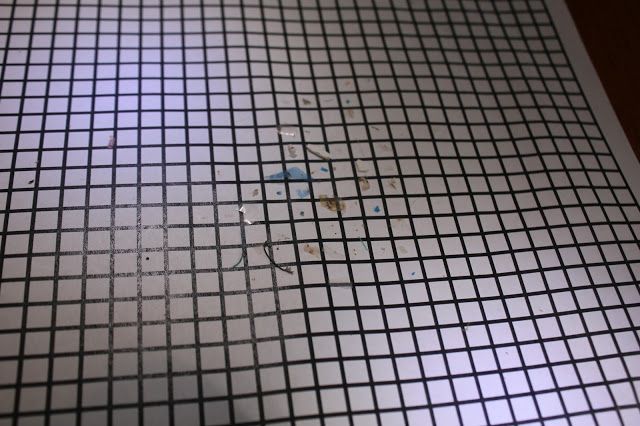
When we weren’t researching we helped out around the boat. This is a picture of Jaclyn and I raising (quite expertly) a sail.
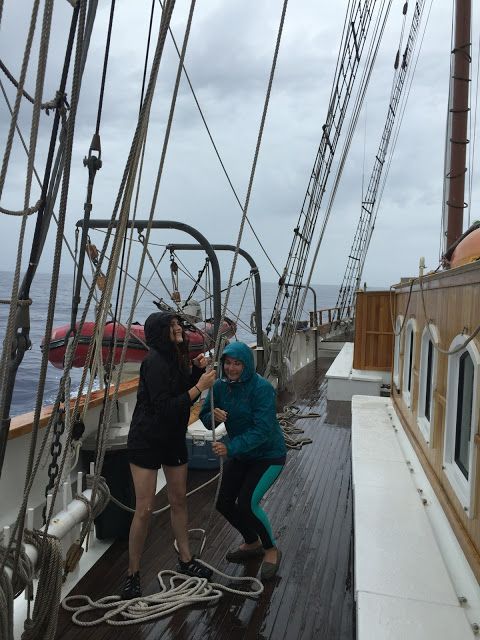
We spoke at The Island School (this place is INSANE) in Cape Eleuthera, Bahamas at the Youth Action Island Summit which was a 3 day summit where students, scientists, speakers, and activists gathered to talk about and find solutions to plastic pollution. I gave a toothpaste demonstration and we did an ocean cleanup where in hours we collected more than 800lbs of trash within a 1/2 mile stretch of sand.
So I’ve talked a lot about the trip, but what’s the problem with plastic, anyway and how does it get there? A lot of plastic gets washed out to sea and gets caught in one of the 5 gyres in the ocean.
What is a Gyre? Let’s ask 5 Gyres.
“A gyre is a massive, slow, rotating whirlpool in the ocean that accumulate plastic. In the ocean, sunlight and waves cause floating plastics to break into increasingly smaller particles, but they never completely disappear or biodegrade.”
Why is this plastic in the ocean bad?
It sickens and kills animals. Animals in the ocean which mistake plastic for food. Eating these particles can get them sick or even kill them. Besides eating them and getting sick, animals can also get trapped or entangled in plastic which can suffocate them.
It is toxic. A single plastic micro bead can be 1 million times more toxic than the water around it. When animals are ingesting plastic, they are also ingesting the toxins on it. These toxins bioaccumulate (move up the food chain as bigger fish eat small fish that eat plastic) which eventually makes its way to our plates. So plastic in the oceans doesn’t just harm fish, it is toxic to humans as well. GROSS.
So what do we do?
Plastic. is a very difficult thing to remediate. Why? Well, we can’t just make a giant net and collect the 5.25 trillion plastic particles that are in the ocean as some people might suggest. Scientist Marcus Eriksen equated that to trying to stop water from coming out of a hose by mopping it up when instead you should just turn off the hose. That is because there are constantly moving plastics in our oceans that both sink to the ocean floor and float to the surface. In addition, new plastic is always being introduced into our oceans. It is equivalent as well to trying to stop trash pollution in parks by doing cleanups. It might help for a day, but there will always be people introducing new trash. What we need to do is stop plastic at its source, meaning preventing it from getting into the ocean in the first place.
Living a Zero Waste life eliminating plastics has been a huge part of my mission. For tips on simple ways to reduce plastic in your life, check out some of my Zero Waste alternatives.
This trip was a life changing opportunity that I am immensely grateful to 5 Gyres, Johnson Ohana, and a an awesome group of other sponsors for!
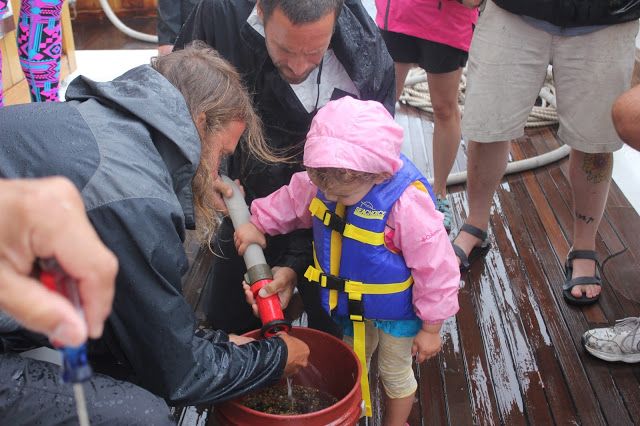
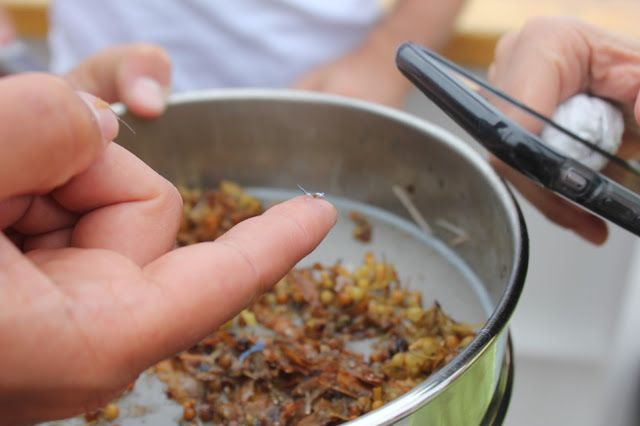

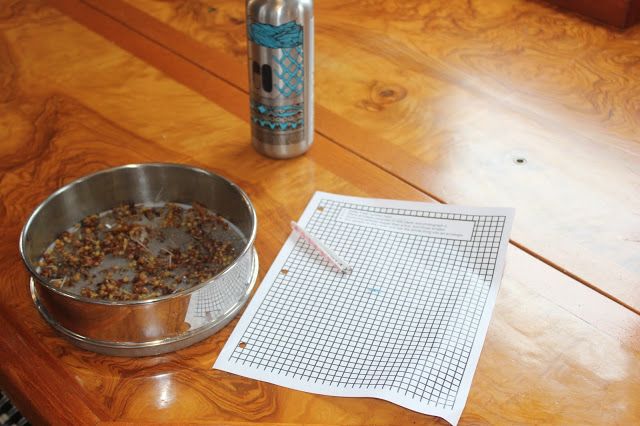
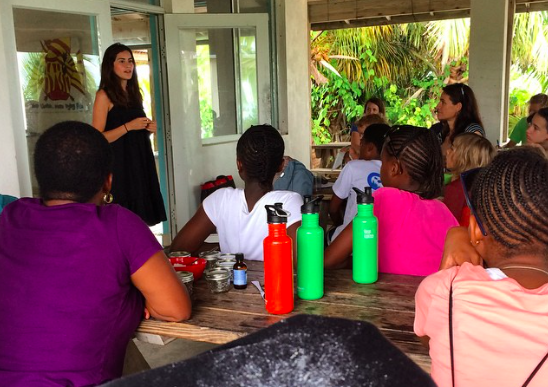
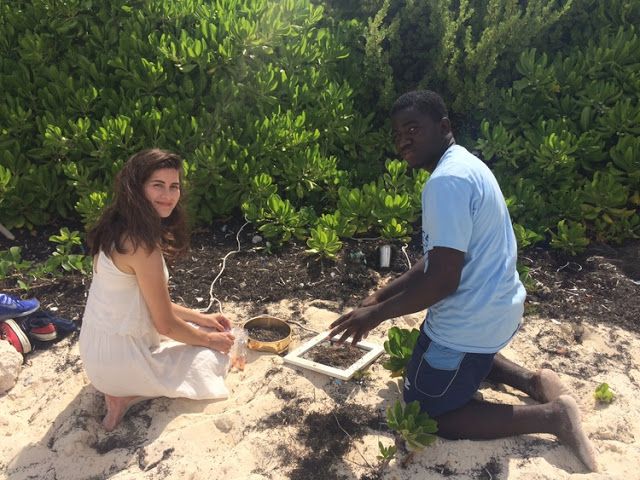
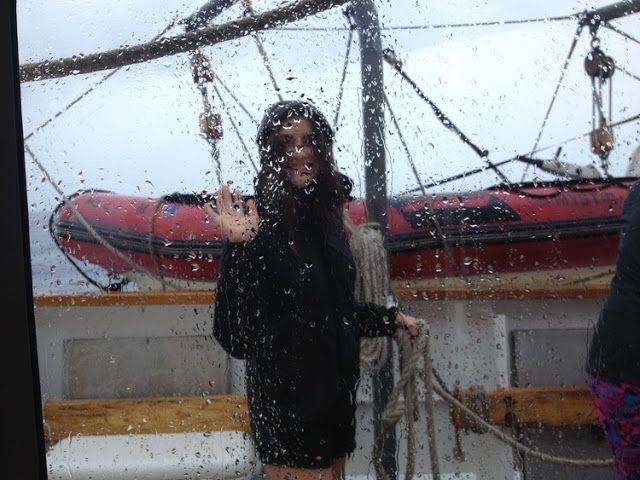


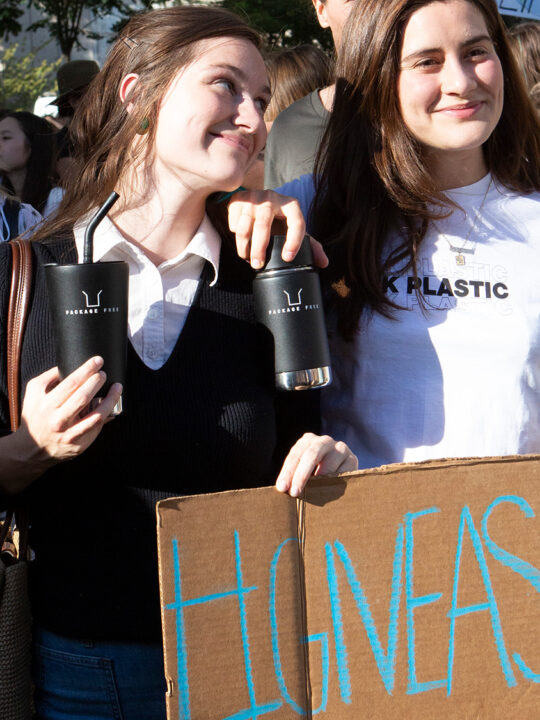
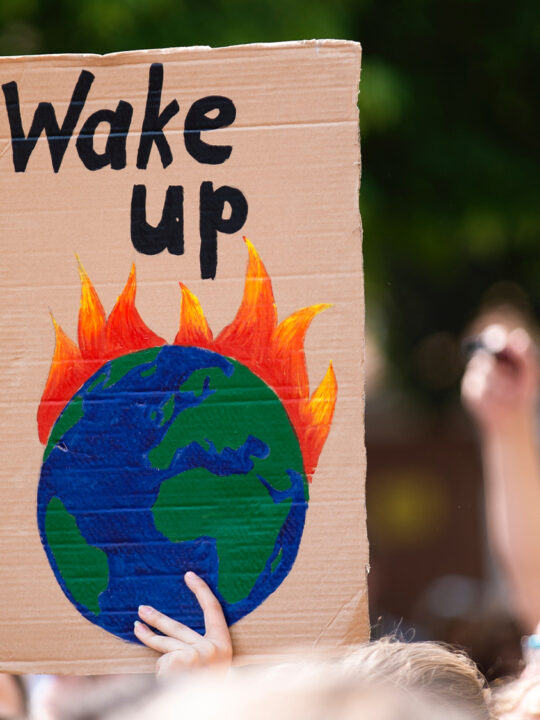
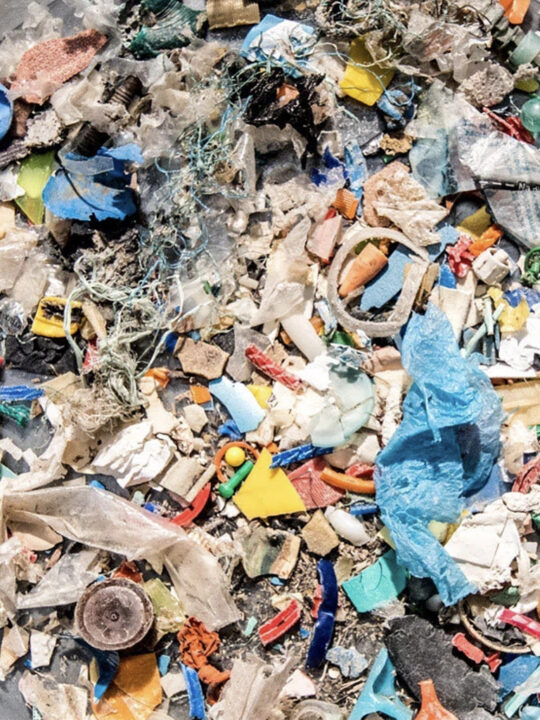
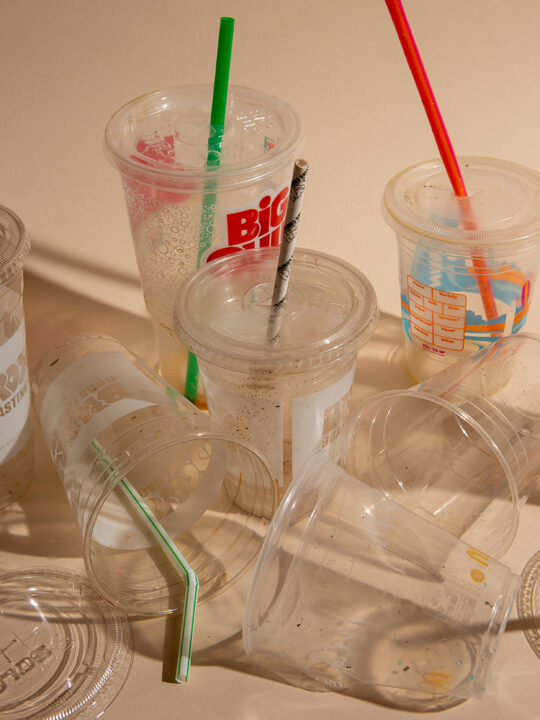
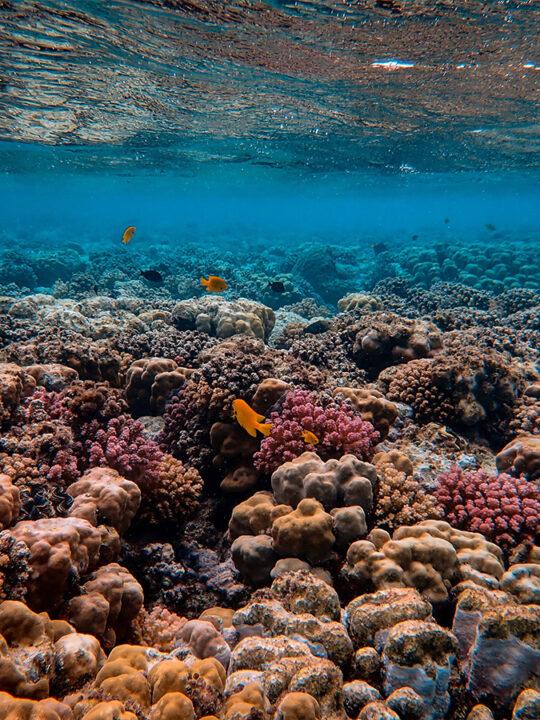
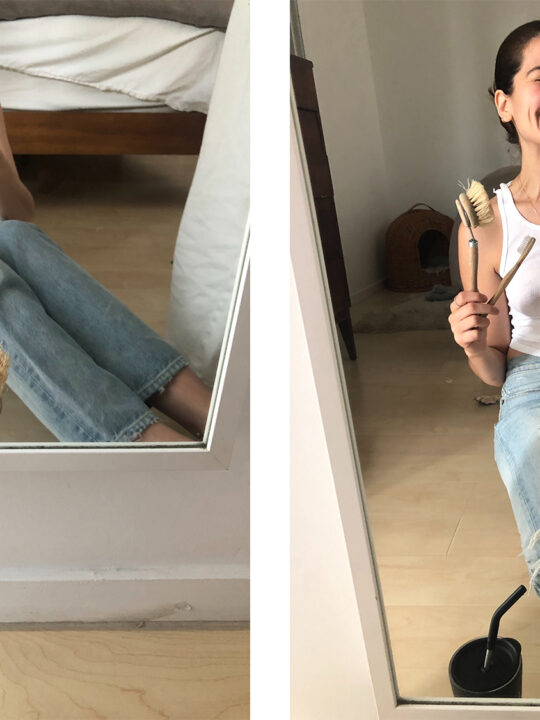
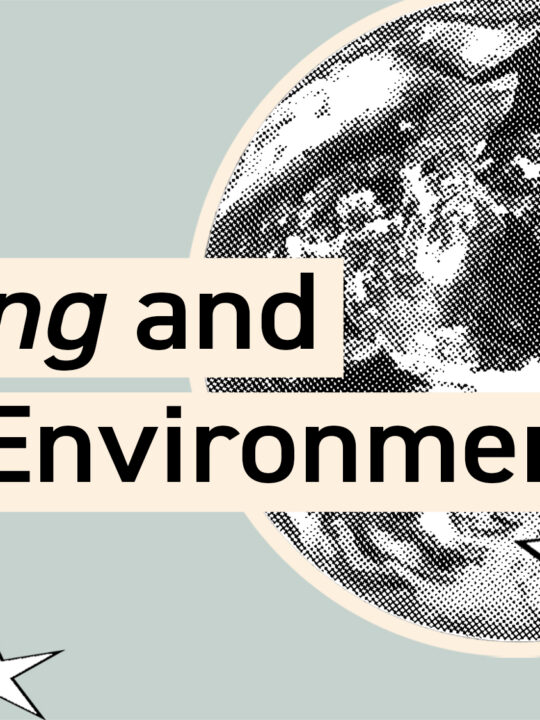
14 comments
what an experience, very inspiring!!
the micro scrubbing beads are shocking and saddening,, very sad,,, something that is so un necessary,,,we should be so ashamed of ourselves as the keepers of this planet we are failing big time.
I have been checking daily for your return!
welcome back!
Good work.
Thanks for sharing this! Ever inspiring…
What an inspiring journey! So amazing!
This is so wonderful! I'm so happy you got to experience this. I would love to do this as well! 🙂
Thanks for sharing! What a great example of people working together towards a better future for all of us!
~Anne
Great journey! thanks for sharing!
I think it would be neat to see the galley. I hope that the dishware has no plastic in it.
great post thanks for sharing I always learn from you, and change.
As always, another great post! Thank you for continuing to share your journey and research with the public. It is so important and inspiring.
Lauren, TY for generating – and activating – lots of eco-minded followers. Nice work!
Thanks for sharing Lauren…followed your journey over on your insta account – very, very inspiring. Keep up your amazing work!
Did you ever think about the waste you leave near the stratosphere, while travelling by plane? The results are kind of the same as plastic in the ocean, since it hurts the natural ozone shield which is essential for e.g. a stable climate.
Awesome! Thanks for this blog!